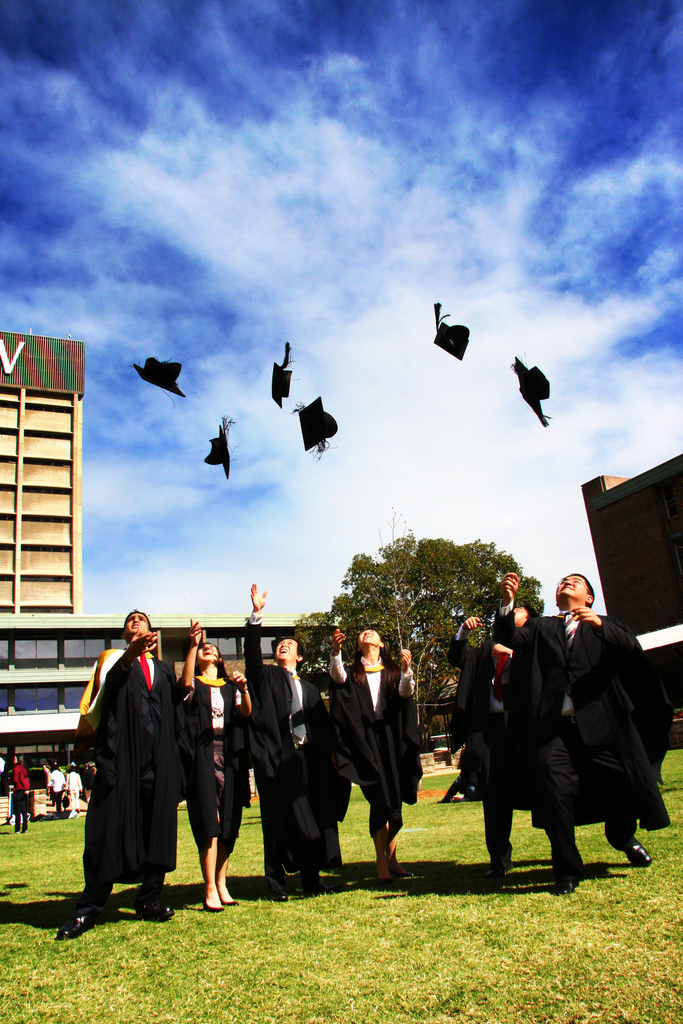Wikipedia tells us “A hackathon (also known as a hack day, hackfest or codefest) is an event...
University of New South Wales
There has been a lot of buzz around “social entrepreneurship” and social startups over the last few...
UNSW student-led startups will be offered up to $50,000 in seed funding through a partnership struck between...
Guest post by Josh Flannery, Manager, Student Entrepreneur Development , University of NSW. Josh has a Master of Business &...
Curated from newsroom.unsw.edu.au A team of UNSW students has broken a 26-year-old world speed record, potentially establishing...
Guest post by Josh Flannery, Manager, Student Entrepreneur Development , University of NSW. Josh has a Master of Business &...
Guest post by Josh Flannery, Manager, Student Entrepreneur Development , University of NSW. Josh has a Master of Business...
Want to learn something? Make something cool – UNSW CREATE club prototypes a Quadcopter from scratch 

Want to learn something? Make something cool – UNSW CREATE club prototypes a Quadcopter from scratch
University of NSW has a cool student group called CREATE, in their own time they teach each...






